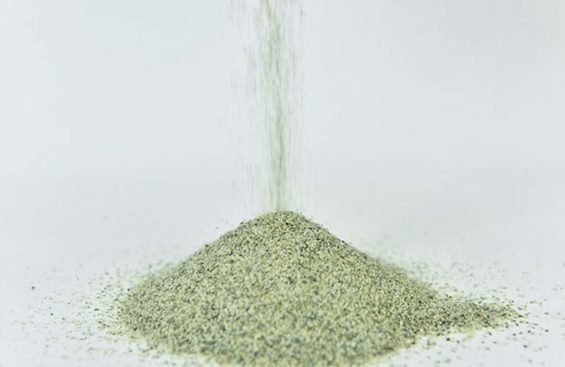Olivine Sand Metal foundry
Olivine Sand: Enhancing Metal Casting Quality with Remarkable Properties
In the realm of metal casting, the quality of foundry sand plays a crucial role in determining the overall outcome of the final product. Among the various types of foundry sands available, olivine sand stands out for its exceptional properties and significant impact on the final product’s quality. In this article, we will delve into the importance of olivine sand, addressing its unique characteristics and highlighting its contributions to achieving superior casting results.
Olivine Sand: A Remarkable Material
Olivine sand, derived from the mineral olivine, possesses several desirable attributes that make it an excellent choice for metal casting applications. Unlike other foundry sands, olivine sand exhibits remarkable heat resistance, high refractoriness, and low thermal expansion. These properties enable it to withstand extreme temperatures and thermal cycling, making it ideal for use in demanding casting processes.
Enhancing Casting Efficiency
The utilization of olivine sand contributes significantly to enhancing casting efficiency. Its low thermal expansion characteristics minimize the potential for mold cracking or distortion during the heating and cooling phases. By maintaining dimensional stability, olivine sand ensures accurate replication of the casting pattern, resulting in greater precision and improved product quality.
Superior Surface Finish
One notable advantage of olivine sand is its ability to impart a superior surface finish to the final product. When molten metal comes into contact with olivine sand, it exhibits excellent flowability and minimal metal penetration. This unique property helps prevent defects such as veining, scarring, or sand burn-in, leading to a smoother and more visually appealing surface.
Optimal Cooling Properties
Efficient cooling is a critical factor in achieving high-quality castings. Olivine sand’s exceptional thermal conductivity allows for rapid heat dissipation from the casting mold. This quick cooling process helps prevent the formation of undesirable microstructures, such as coarse grains or uneven solidification. Consequently, olivine sand aids in maintaining the part’s integrity, dimensional accuracy, and mechanical strength.
Environmental Considerations
In addition to its superior performance, olivine sand offers significant environmental advantages. Unlike other foundry sands, olivine sand is non-toxic and does not release harmful substances during the casting process. Its natural composition and minimal environmental impact contribute to sustainable manufacturing practices, aligning with today’s focus on ecological responsibility.
Conclusion
The quality of foundry sand, particularly olivine sand, plays a pivotal role in determining the overall quality of the final metal casting product. With its exceptional heat resistance, low thermal expansion, and impressive cooling properties, olivine sand ensures precise replication, optimal casting efficiency, superior surface finish, and environmentally conscious manufacturing. By harnessing the unique properties of olivine sand, metal casting processes can achieve outstanding results, meeting both performance and sustainability requirements.




